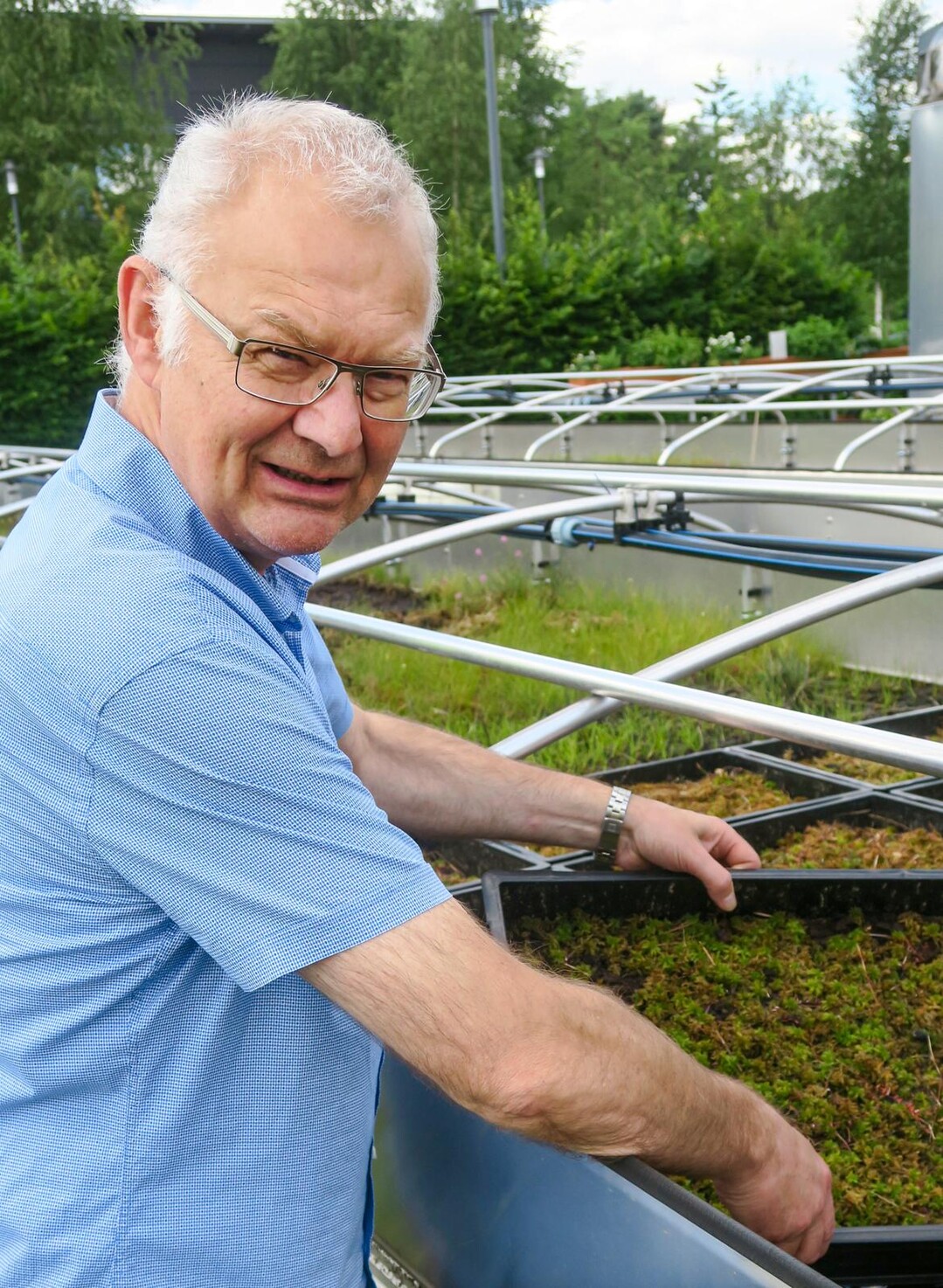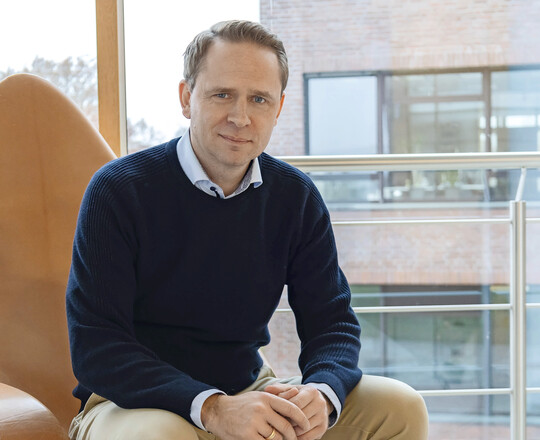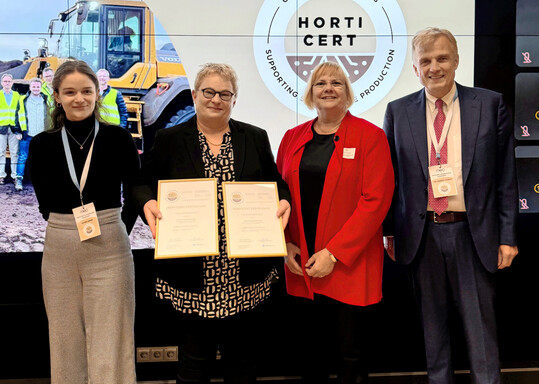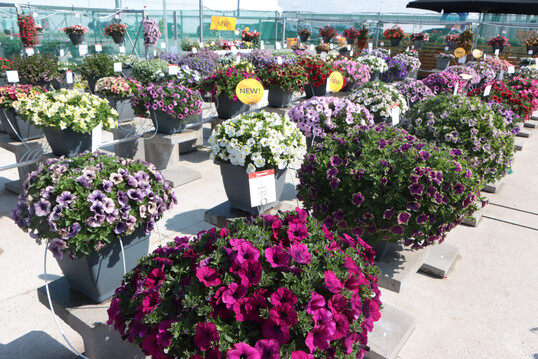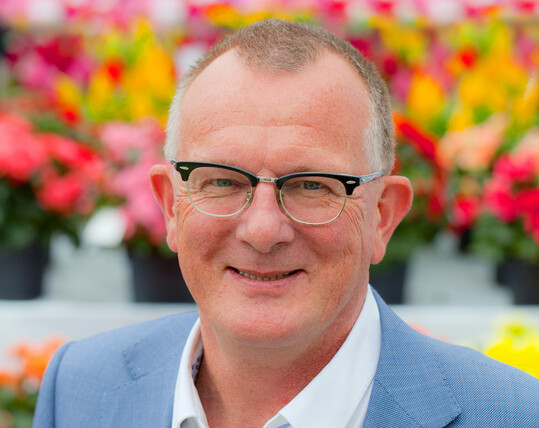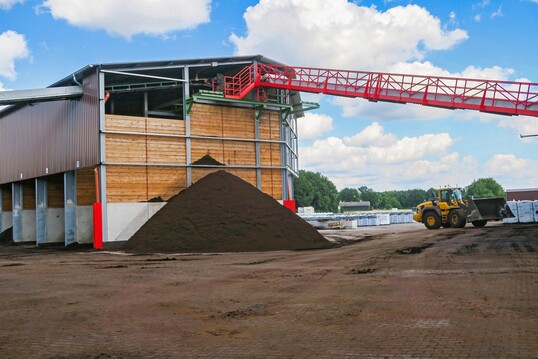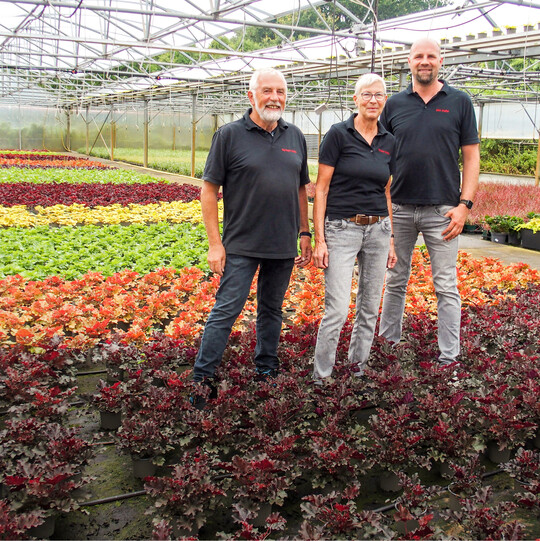"Without Cocopeat, peat removal from professional substrates is not possible"
Josef Hermann Gramann: "The real challenge is that with the peat phase-out, everything has become much more complicated. Many new raw materials have come in and are affecting the blends."
- Published on
DEGA GARTENBAU: Where are the biggest construction sites for the substrate industry at present?
Gramann: Once again, I am concerned about the sluggishness of political and official structures. There is often no sign of any progress in reacting quickly to changes. Good innovative ideas, proposals and projects are often stifled in the search for political majorities or blocked by our bureaucratic and regulatory madness and therefore do not get implemented.
In the meantime, there are numerous projects dealing with peat mitigation.
Gramann: That is correct. The practical trials initiated by the BMEL in the various specialist sectors are so welcome because they break down existing inhibition thresholds in horticulture. Plant production with peat-reduced substrates has to be learned. It is therefore all the more gratifying to see professional horticulturists setting out on this path. For us substrate manufacturers, the challenge remains that the required quantities of substrate-suitable raw materials beyond peat are not available or are only available to a limited extent. As long as it is not clear where all the high quality substitutes will come from, it will be difficult for the professional horticultural sector to further reduce the use of peat. Above all, the whole matter must be regulated on an EU-wide basis in order to avoid distortions of competition. It simply must not happen that horticulture in Germany suffers disadvantages due to distortion of competition because peat reduction is not yet an issue in the rest of Europe.
What is your strategy then?
Gramann: Gramoflor can live well with the peat reduction requirements, the current media presence and the strong activity of numerous organizations. We have already prepared ourselves for this years ago and have long since achieved what the politicians demand as a milestone. As a citizen of the earth, I would even like to see more pressure being built up and the things that are really important being implemented more quickly. The real challenge is that with the peat phase-out, everything has become much more complicated. Many new raw materials have come in and are affecting the blends. And what is often underestimated: There is an enormous amount of convincing to be done. Our sales force is on the road day after day in the farms to communicate "the new way of gardening". Therefore, it was important for us to provide them with the necessary tools to convince customers and to gain their confidence in peat-reduced high-performance substrates.
Coco does not have an optimal eco-balance either. Why is the raw material nevertheless an important element of your peat reduction strategy?
Gramann: In contrast to peat, coir can be strongly pressed without any loss of quality and therefore has a far better ecological balance than peat from the Baltic region, for example. We only have coconut dried and pressed in the countries of origin. The entire processing takes place under controlled conditions in closed systems. We see coconut, at least in the next ten years, as an important renewable raw material, which is available in large quantities as a residual material of a whole residual material recycling chain from the food industry. Without Cocopeat, a peat phase-out, as some organizations envision it, is not currently possible for professional substrates. If the peat tap is turned off and we do not have a substitute in the required quality and quantity, horticulture in Germany will suffer severe damage or will have to migrate to other countries. We in Germany are world champions in getting out of something, but in my opinion it is equally necessary to get in with a bang. This includes the use and establishment of coco in horticulture.
Do you have a patent remedy for rising prices and scarce availability?
Gramann: Well, it would be nice. But in a short period of time, prices for example for cocopeat have increased by more than 80%, for wood chips by 140%, for nitrogen fertilizer by 110% and for films by 80%. While we can further optimize production here and there, the price increases will continue to affect the substrates. The situation is aggravated by the fact that peat is actually too cheap and thus represents strong competition to the alternative raw materials. This is because they first have to be produced in a complex and cost-intensive way. The phasing out of peat is therefore not only a question of availability, but also a question of cost. From a global perspective, the hunger for peat will increase sharply in the future. Forecasts speak of a fourfold increase in substrate demand by 2050, i.e. from about 60 million m3 per year now to about 240 million m3.
The questions were asked by Peter Springer, Alfter/Germany



